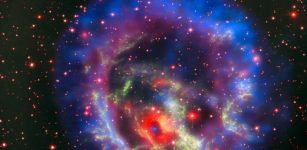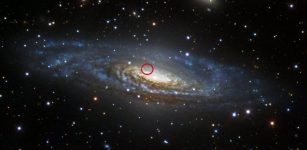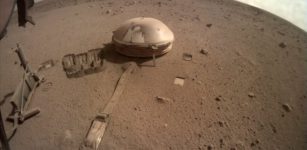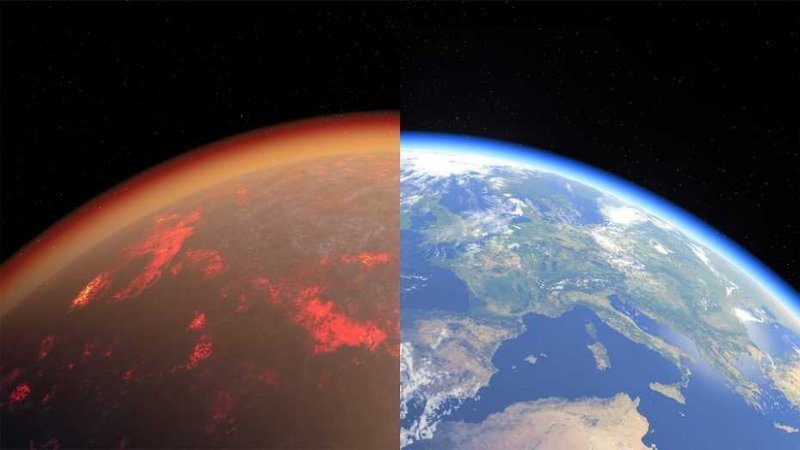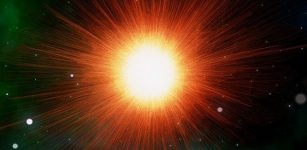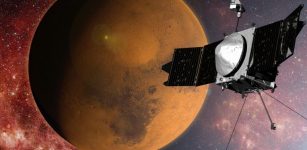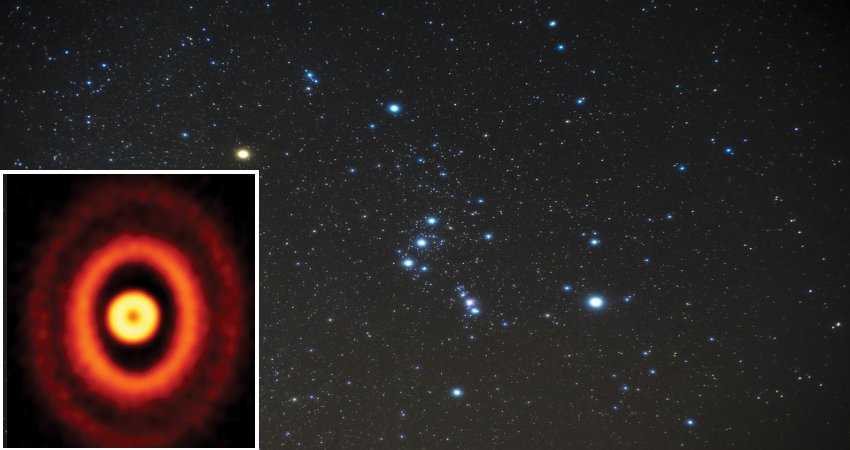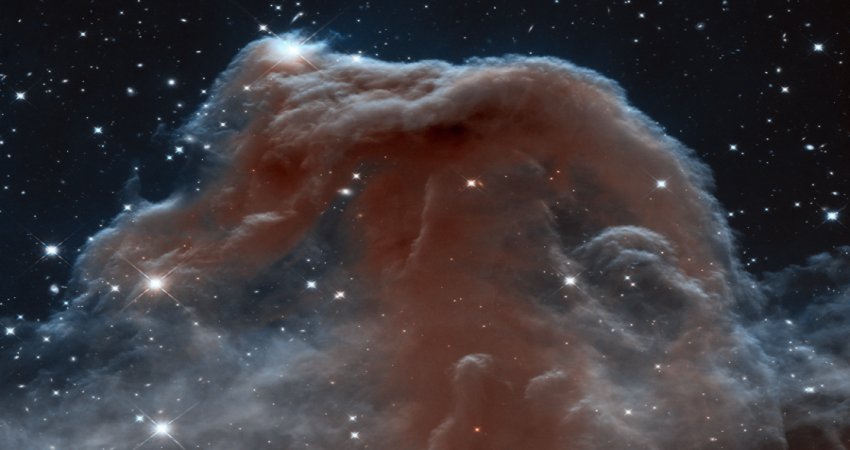Rocky Exoplanet Ross 128b Just 11 Light Years Away Is Not Earth’s Twin
MessageToEagle.com – About a year ago, an exoplanet called Ross 128 b, which is just 11 light years away from Earth was discovered by astronomers using the High Accuracy Radial velocity Planet Searcher (HARPS) at the La Silla Observatory in Chile.
Now a new study again focused on Ross 128 b and researchers led by Diogo Souto of Brazil’s Observatório Nacional and including Carnegie’s Johanna Teske has for the first time determined detailed chemical abundances of the planet’s host star, Ross 128.
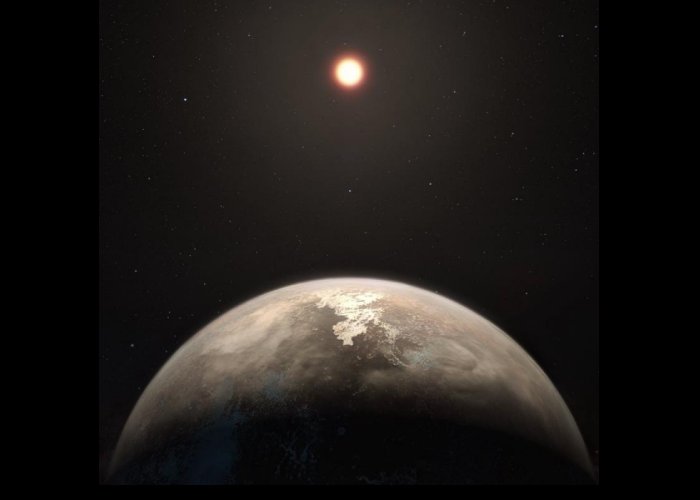
“Until recently, it was difficult to obtain detailed chemical abundances for this kind of star,” said lead author Souto, who developed a technique to make these measurements last year.
Like the exoplanet’s host star Ross 128, about 70 percent of all stars in the Milky Way are red dwarfs, which are much cooler and smaller than our Sun.
Using the Sloan Digital Sky Survey’s APOGEE spectroscopic instrument, the team measured the star’s near-infrared light to derive abundances of carbon, oxygen, magnesium, aluminum, potassium, calcium, titanium, and iron. The team determined that Ross 128 has iron levels similar to our Sun. Although they were not able to measure its abundance of silicon, the ratio of iron to magnesium in the star indicates that the core of its planet, Ross 128 b, should be larger than Earth’s.
Because they knew Ross 128 b’s minimum mass and stellar abundances, the team was also able to estimate a range for the planet’s radius, which is not possible to measure directly due to the way the planet’s orbit is oriented around the star. The estimated radius of Ross 128 b indicates that it should be rocky.
Planet’s mass and radius are important to understand what it’s made of, because these two measurements can be used to calculate its bulk density. Planets with radii greater than about 1.7 times Earth’s are likely surrounded by a gassy envelope, like Neptune, and those with smaller radii are likely to be more-rocky, as is our own home planet.
By measuring the temperature of Ross 128 and estimating the radius of the planet the team was able to determine how much of the host star’s light should be reflecting off the surface of Ross 128 b, revealing that our second-closest rocky neighbor likely has a temperate climate
MessageToEagle.com

